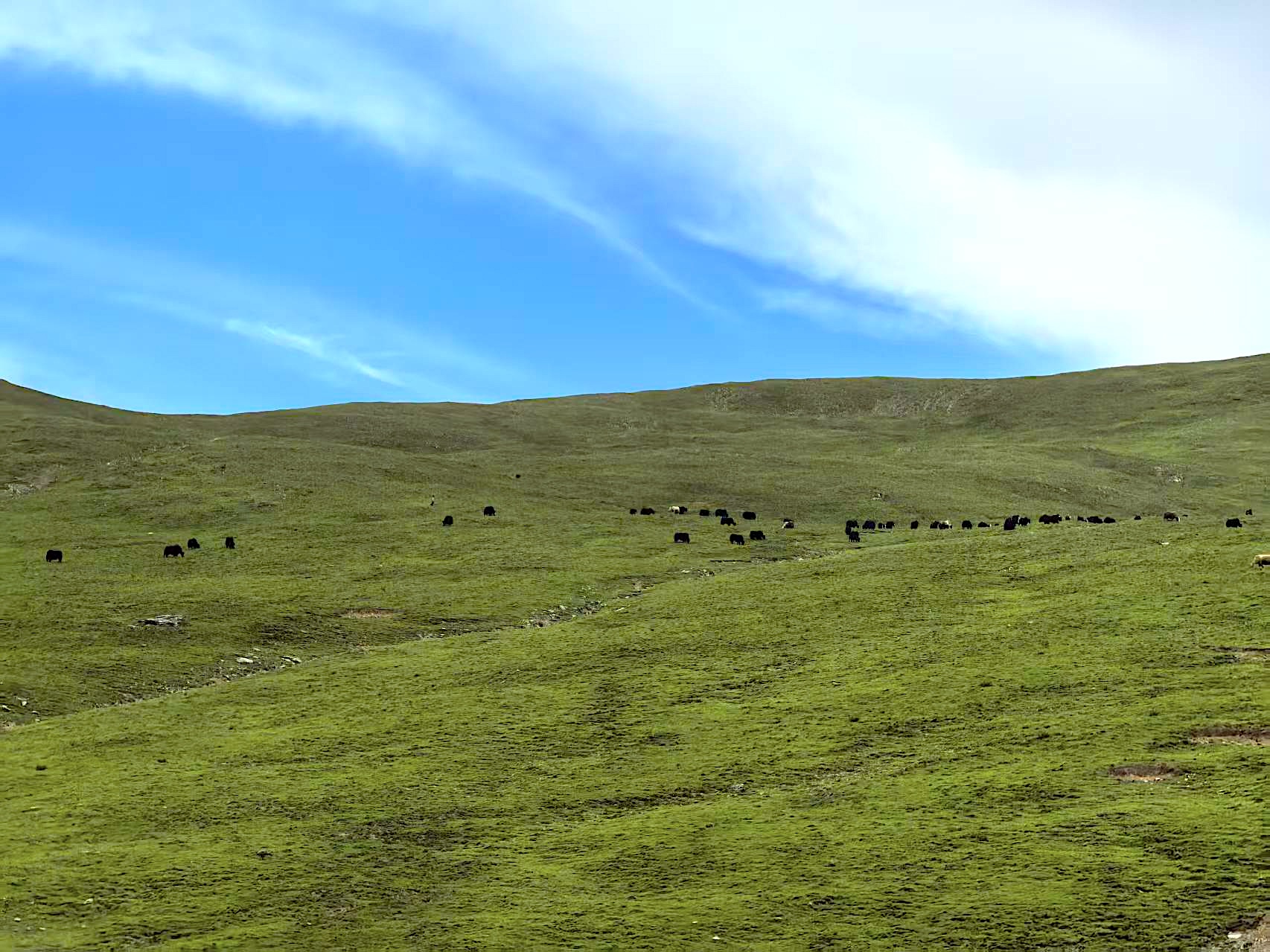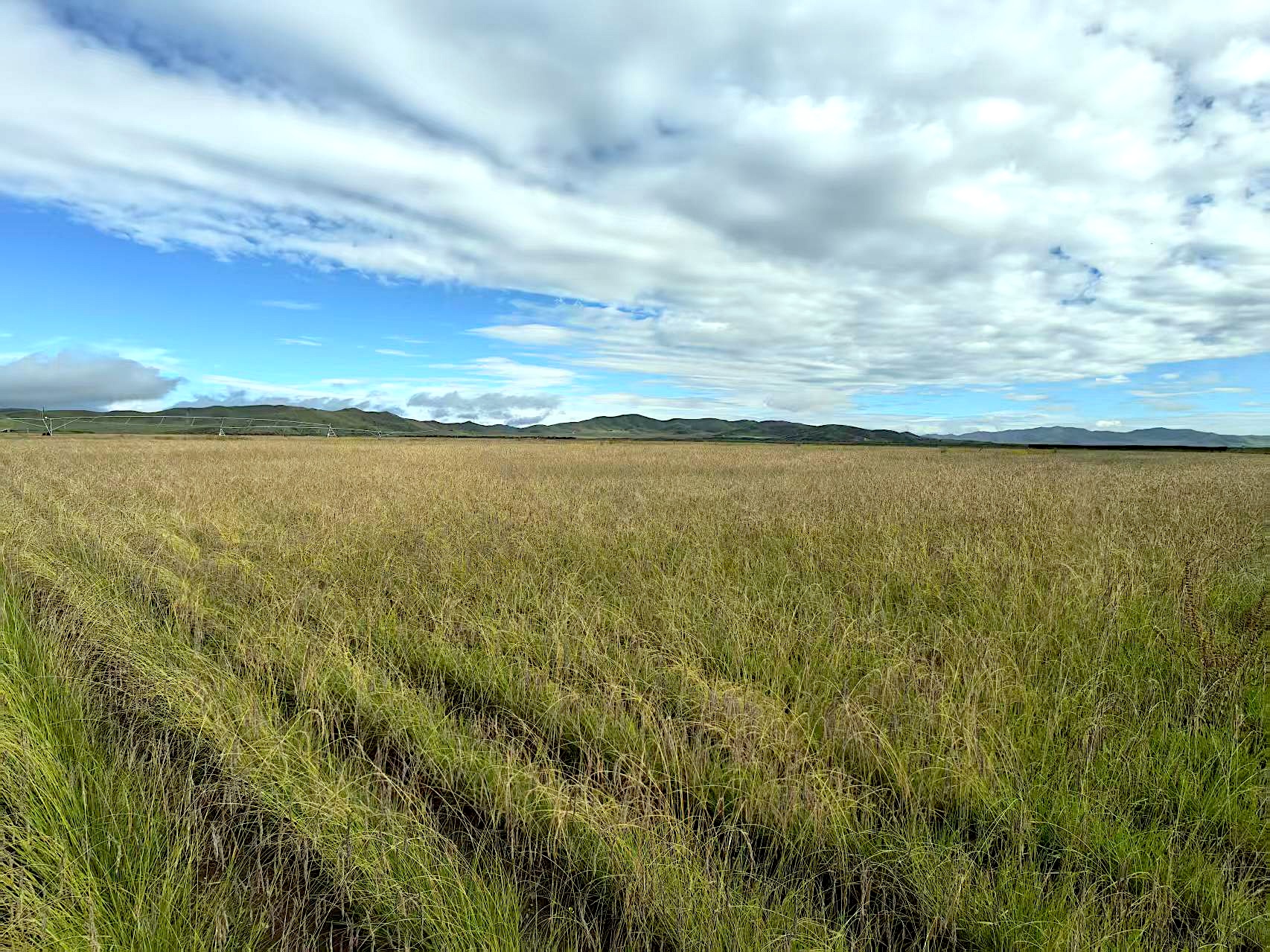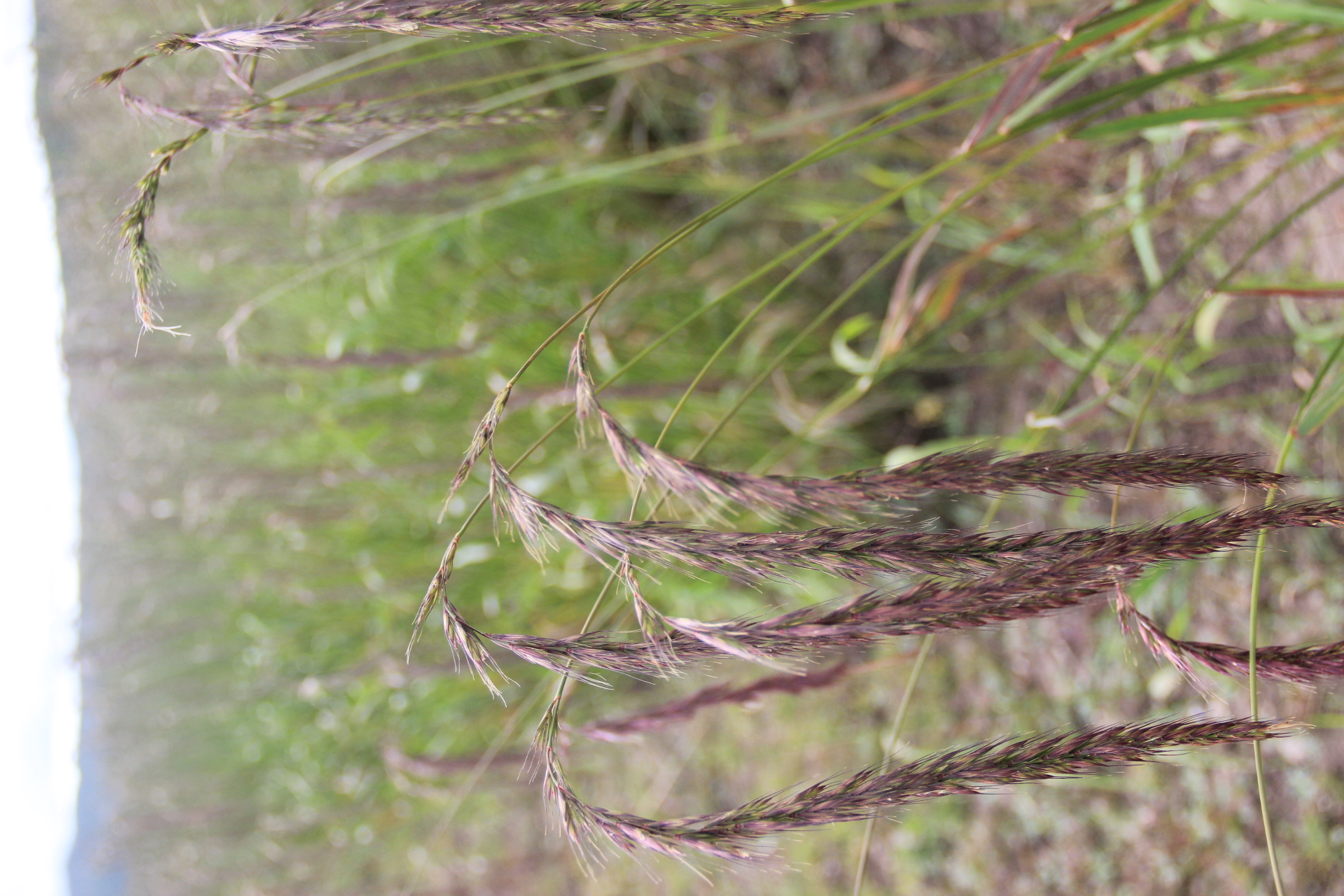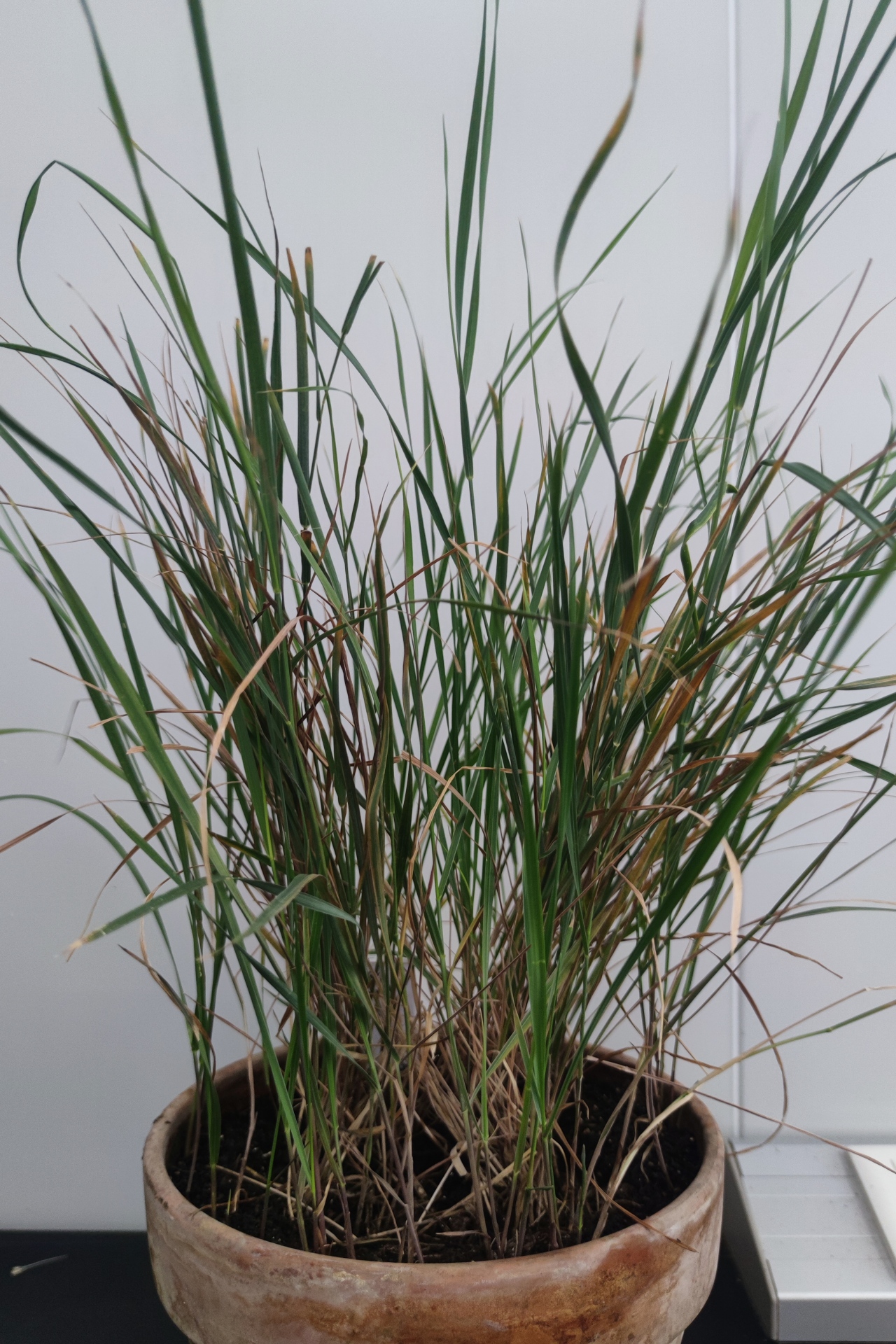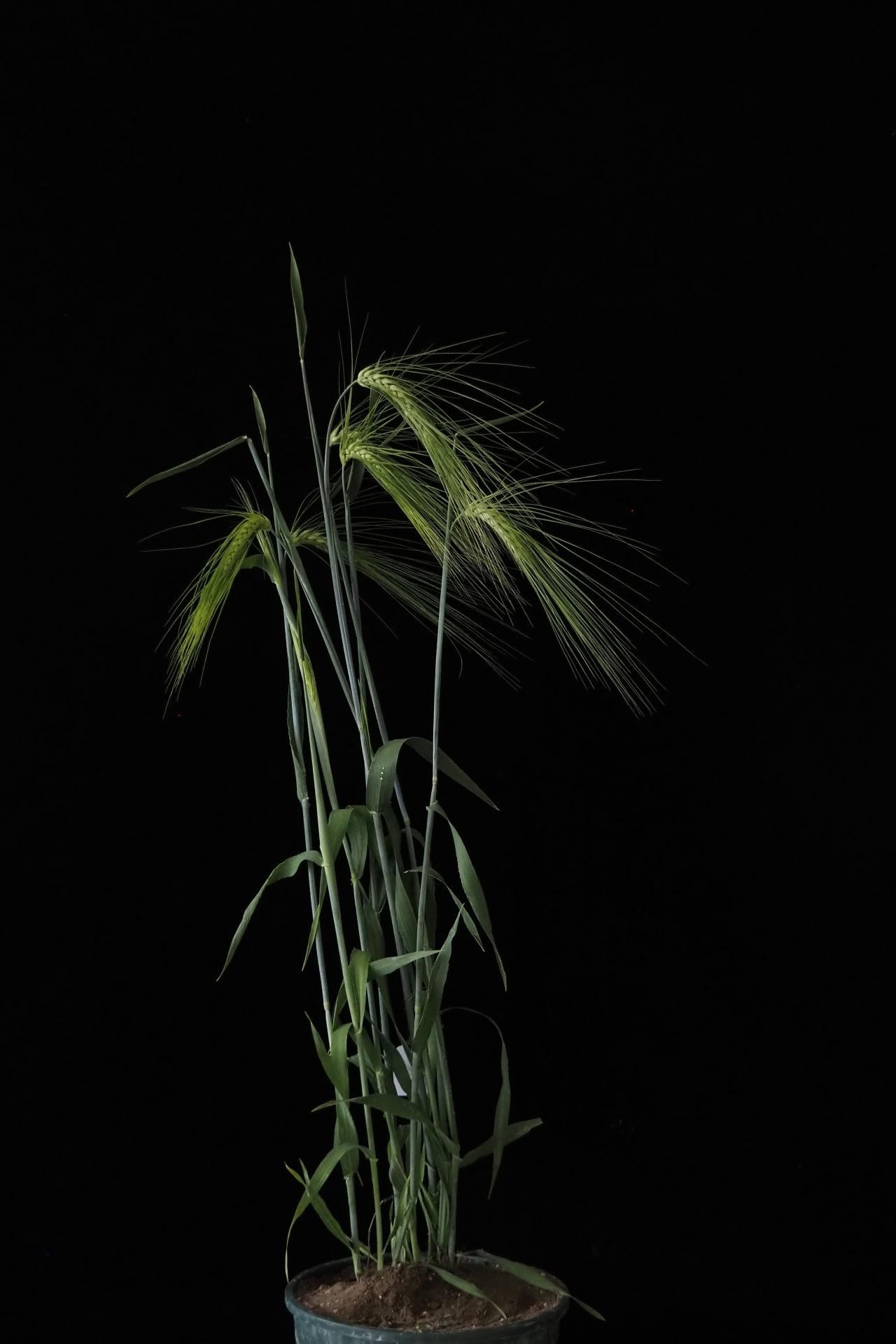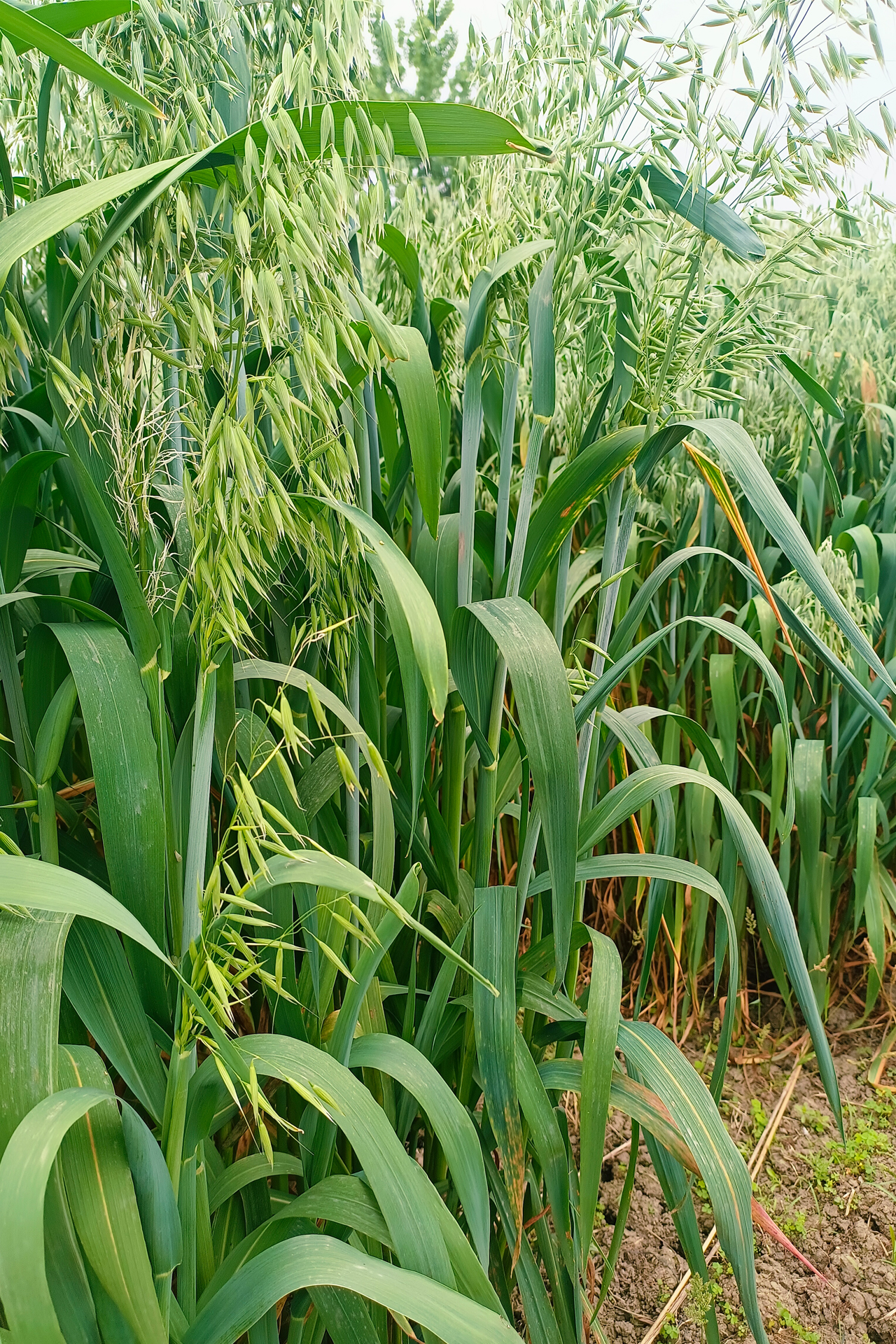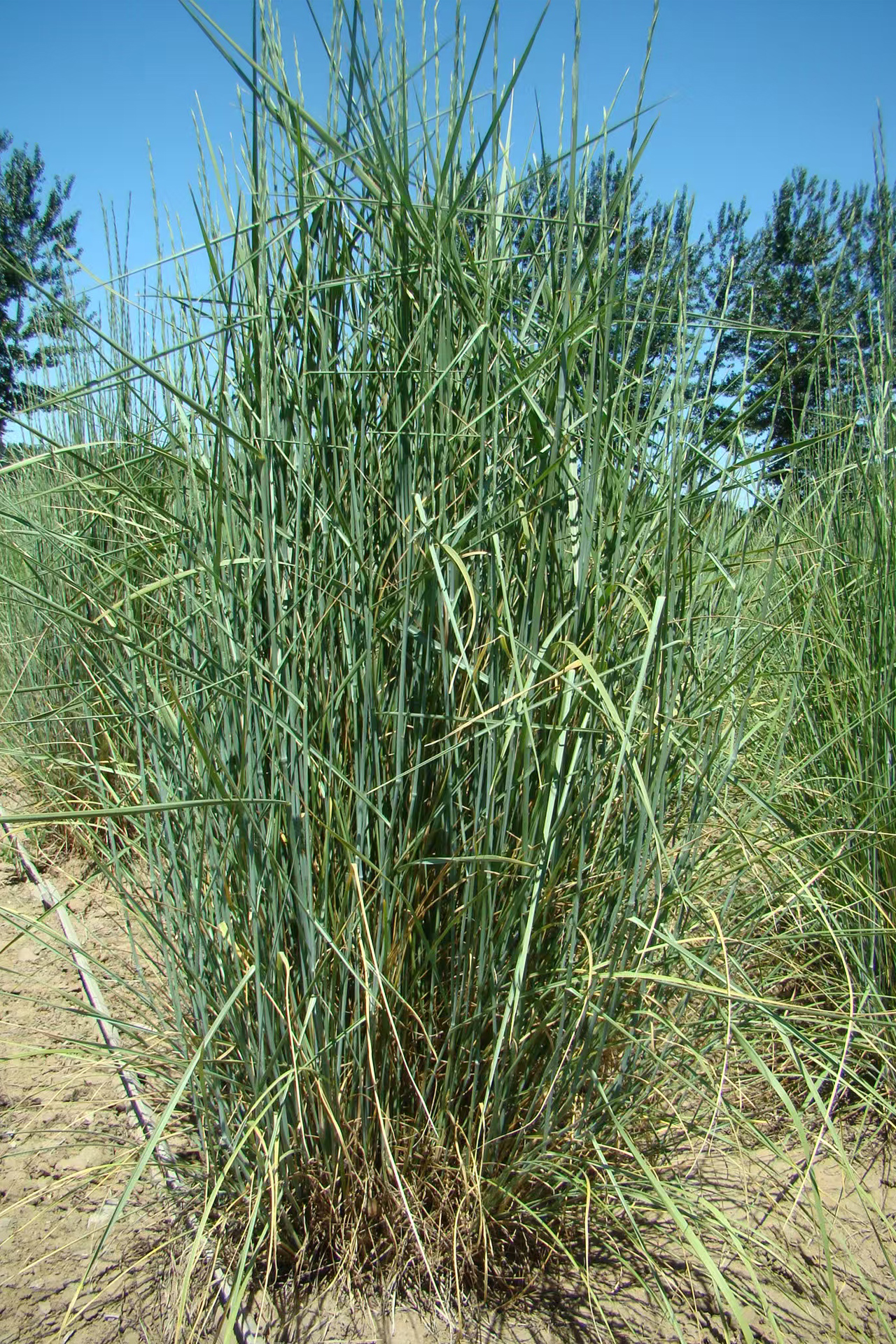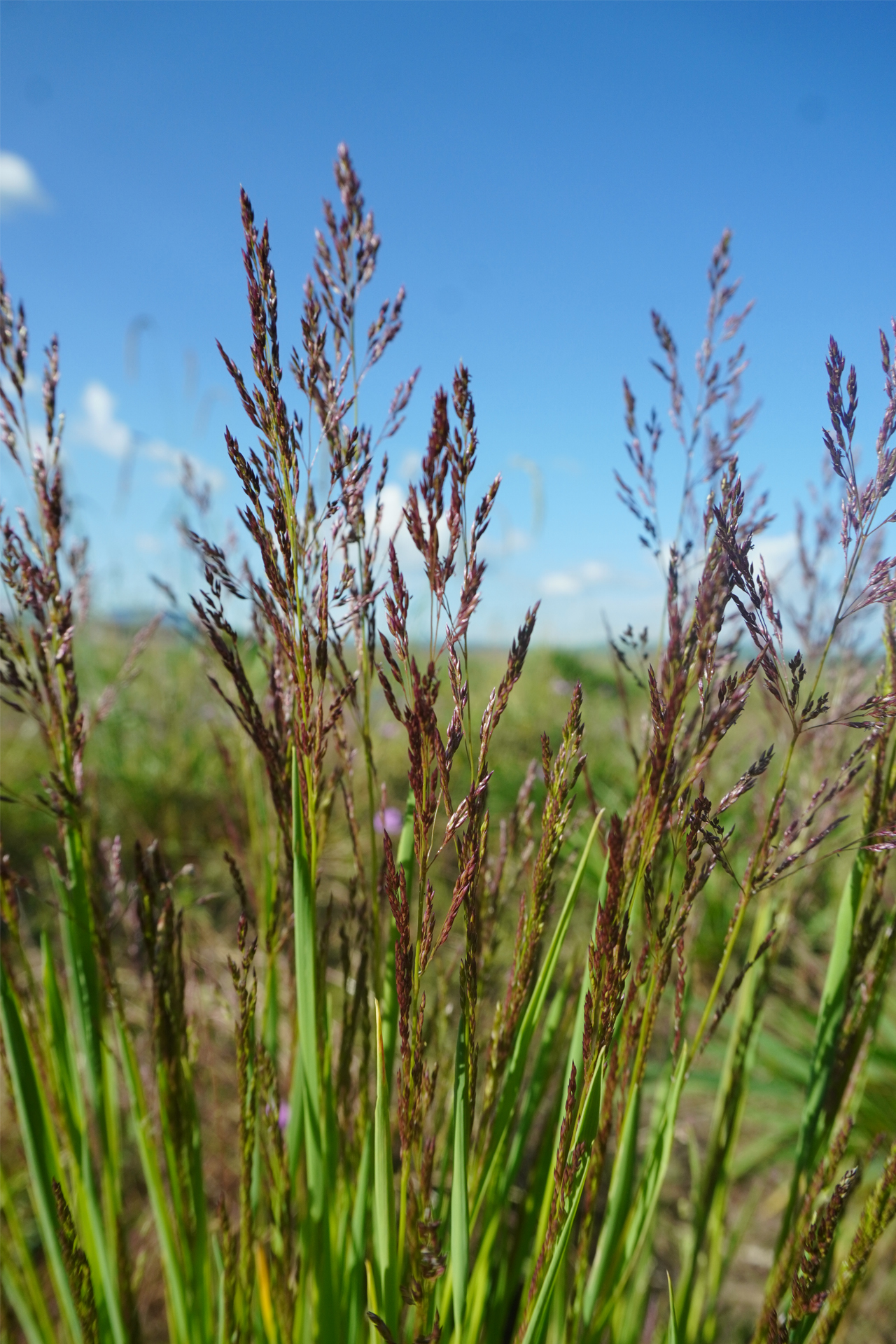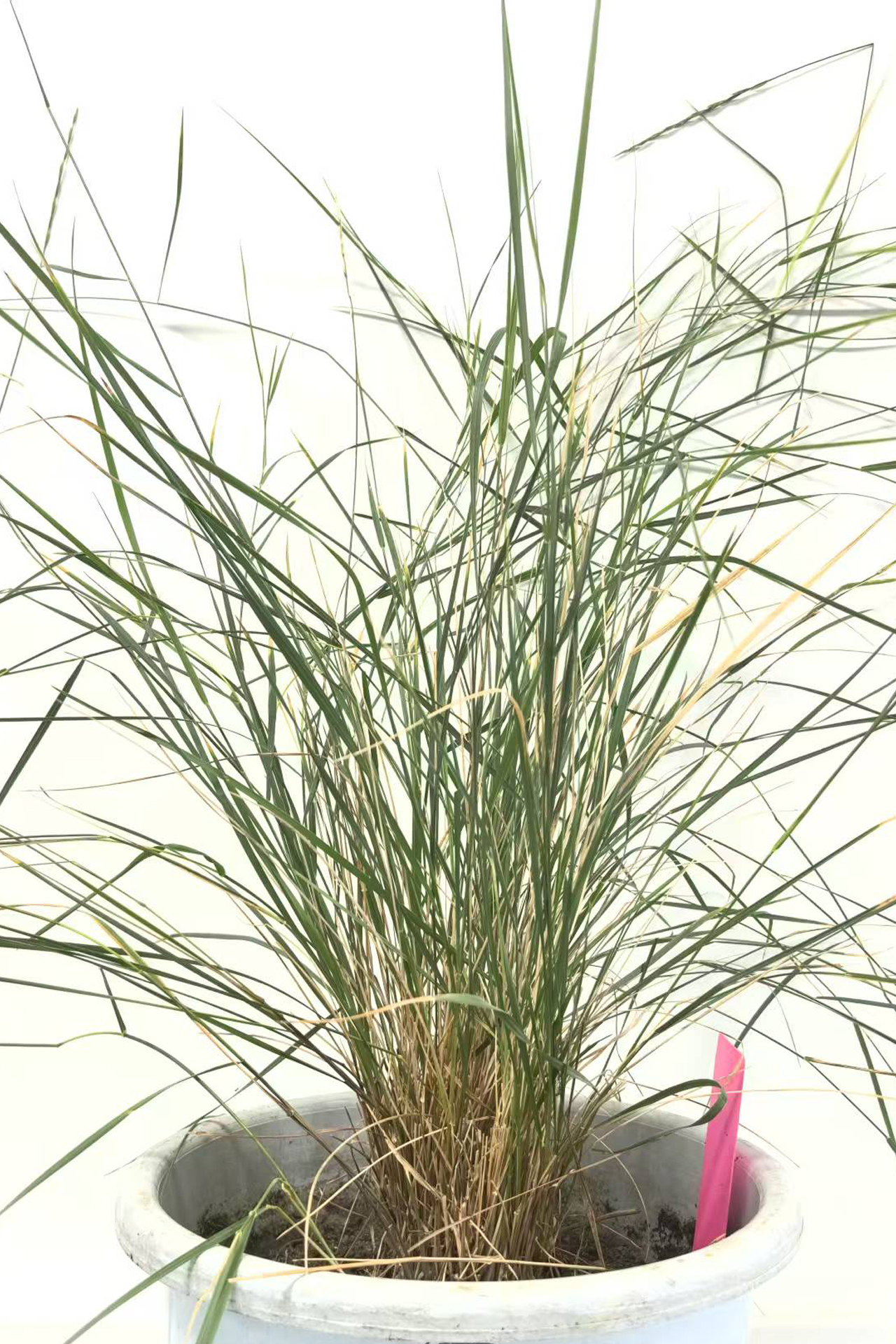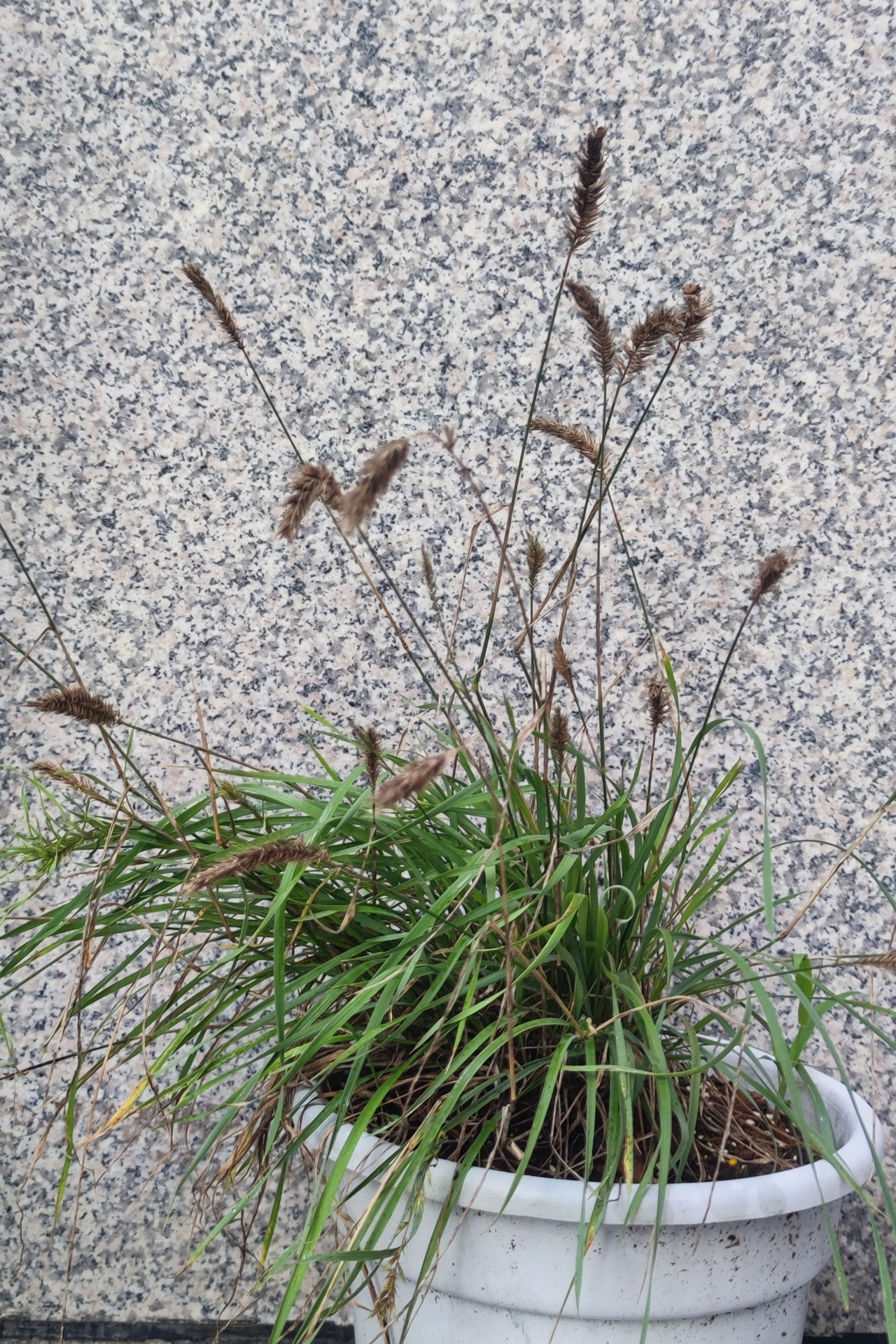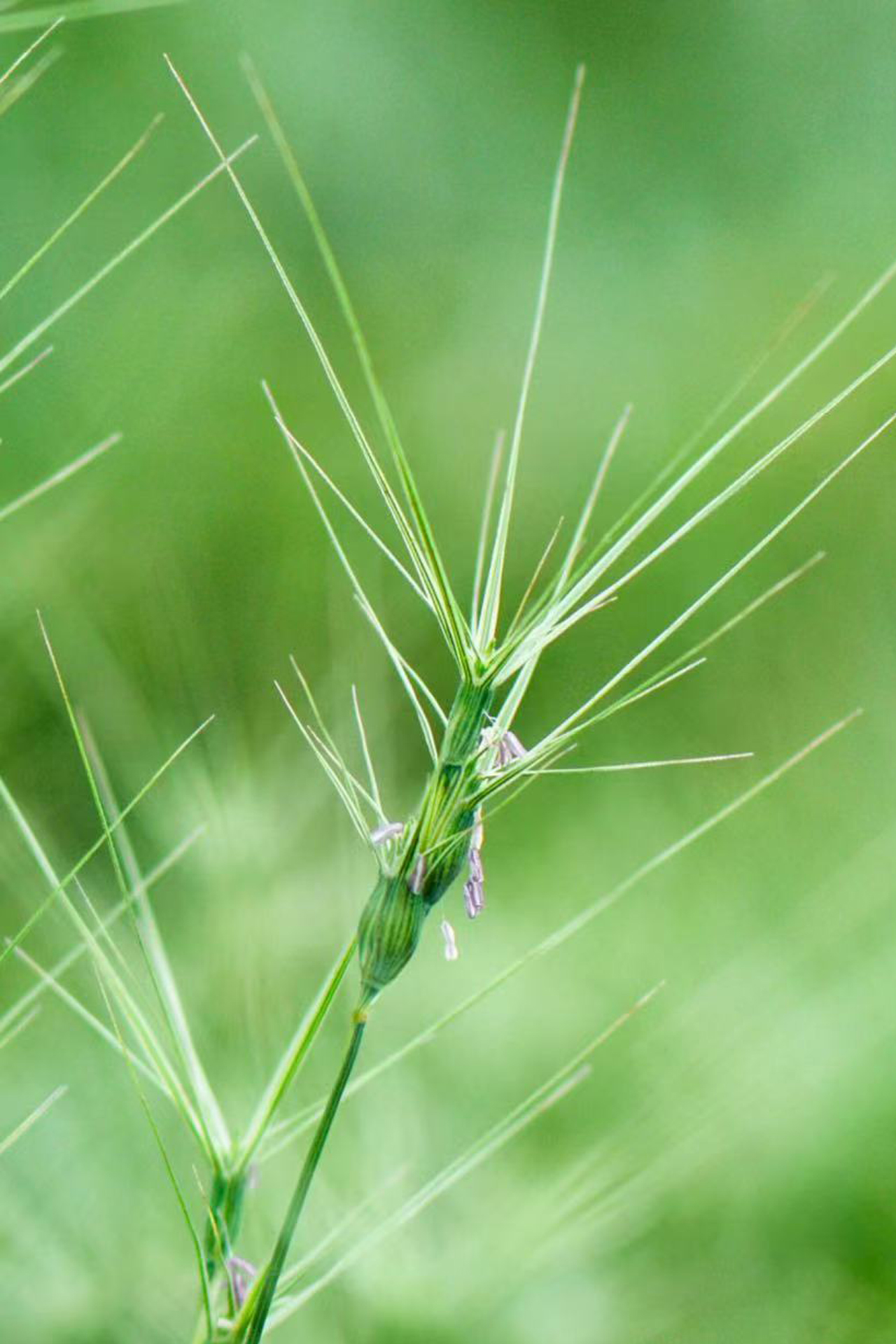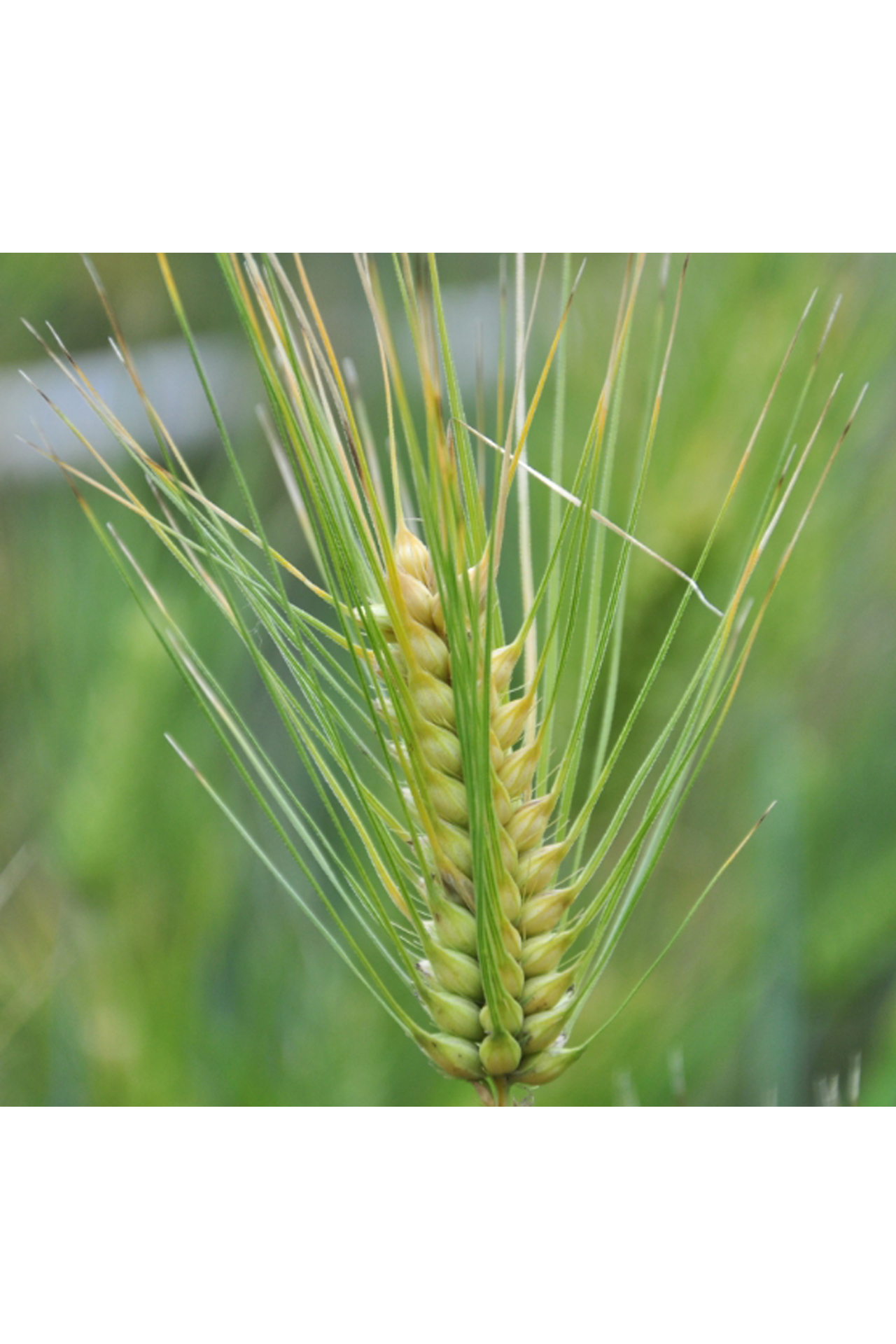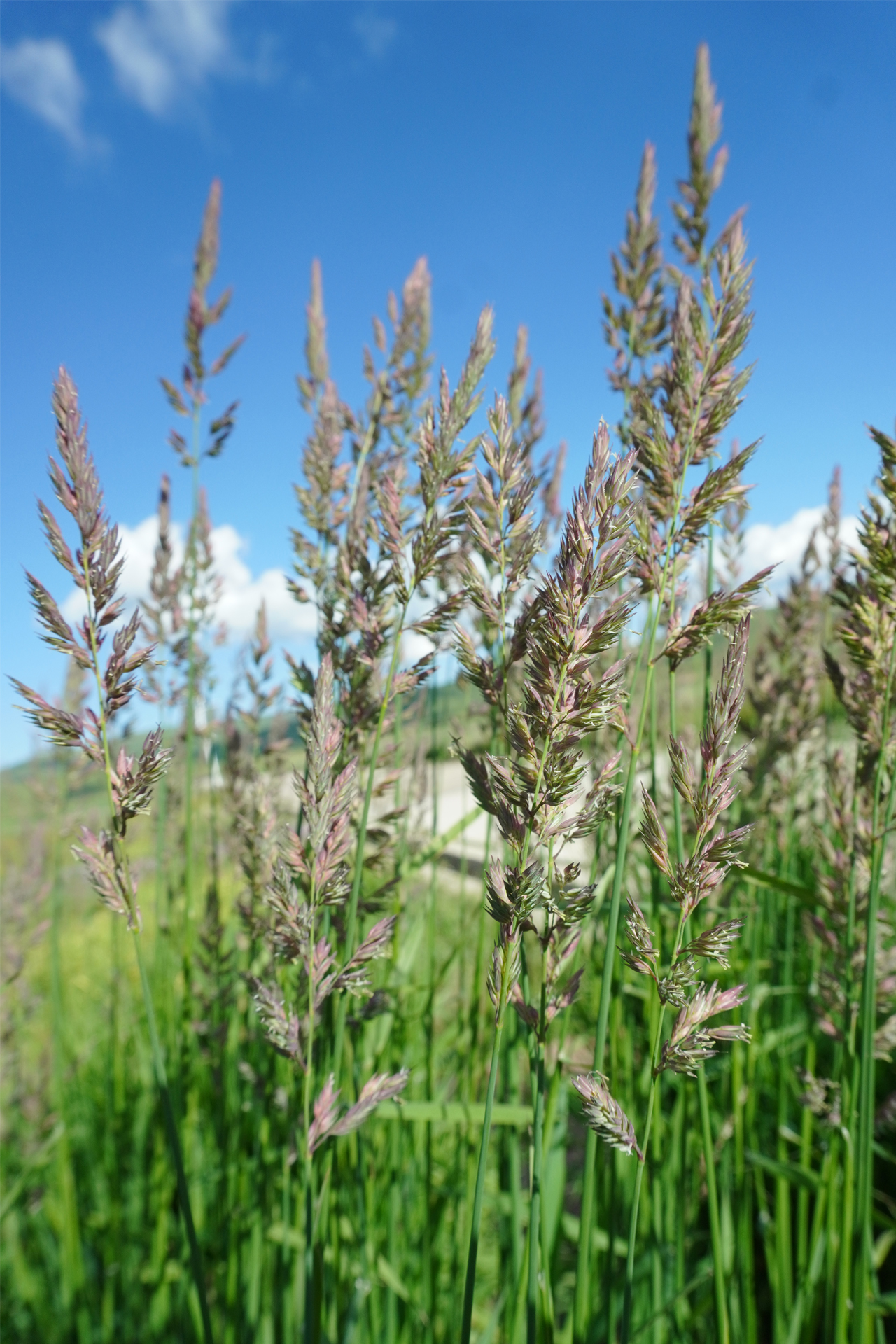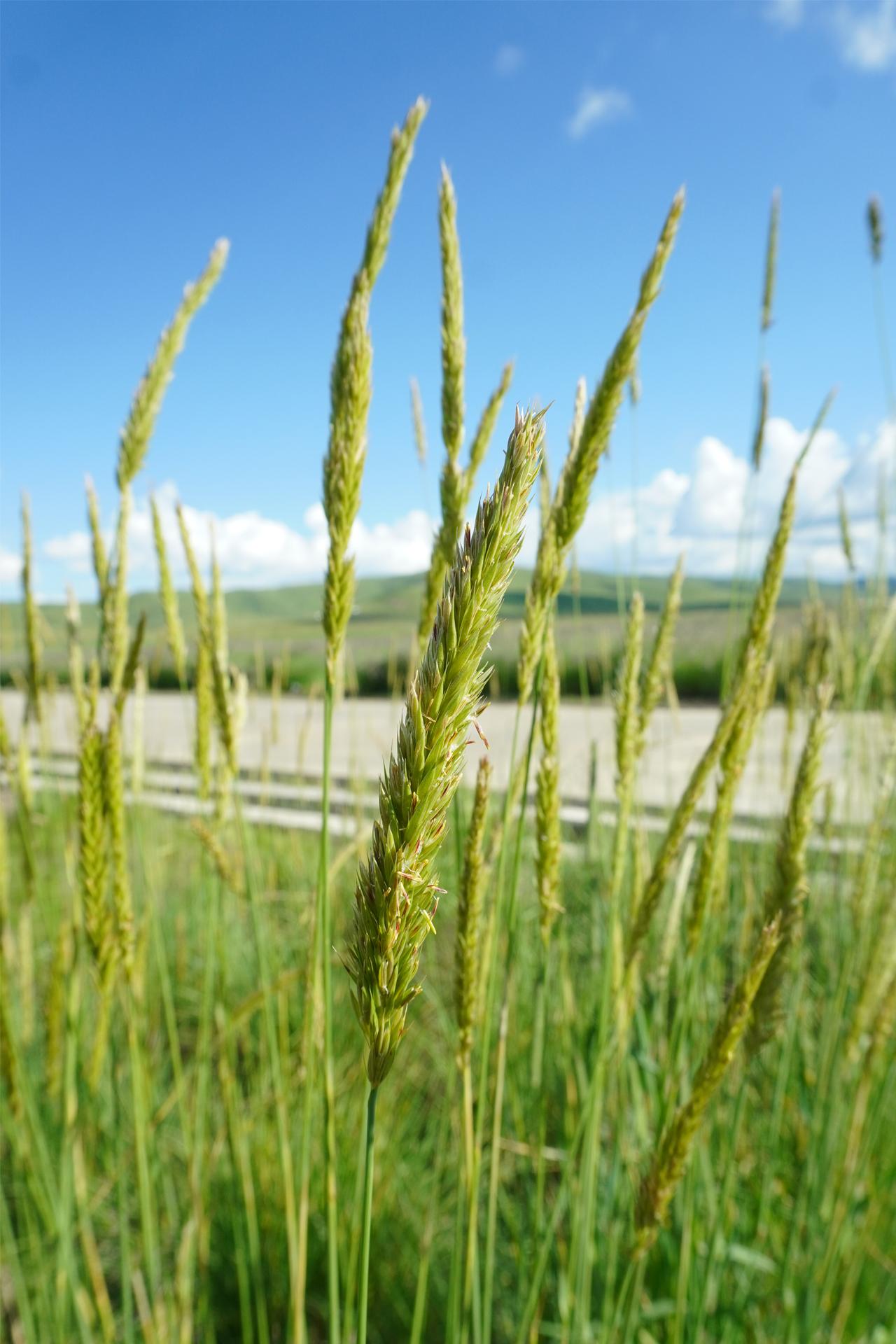Welcome to QTP-GMD!
The Qinghai-Tibetan Plateau Grass Multi-omics Database (QTP-GMD) is a curated and integrated multi-omics platform dedicated to the grass family (Poaceae) of the QTP. It incorporates datasets from genomics, transcriptomics, metabolomics, proteomics, epigenomics, microbiomics and phenomics. In addition, a suite of user-friendly online bioinformatics tools is integrated to facilitate the utilization of these datasets and accelerate breeding efforts.
Species
Database

Species
Introduction and global distribution of species.

Genomics
Integration of grass genome information and genomic data sources.
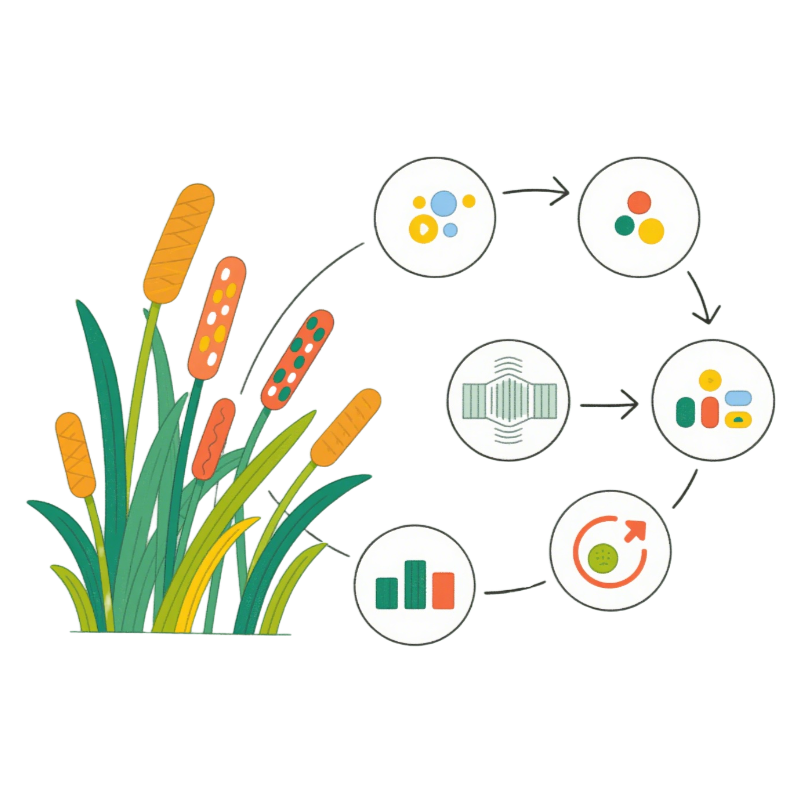
Transcriptomics
Collection of grass transcriptome data spanning multiple tissues, growth stages, and stress treatments.
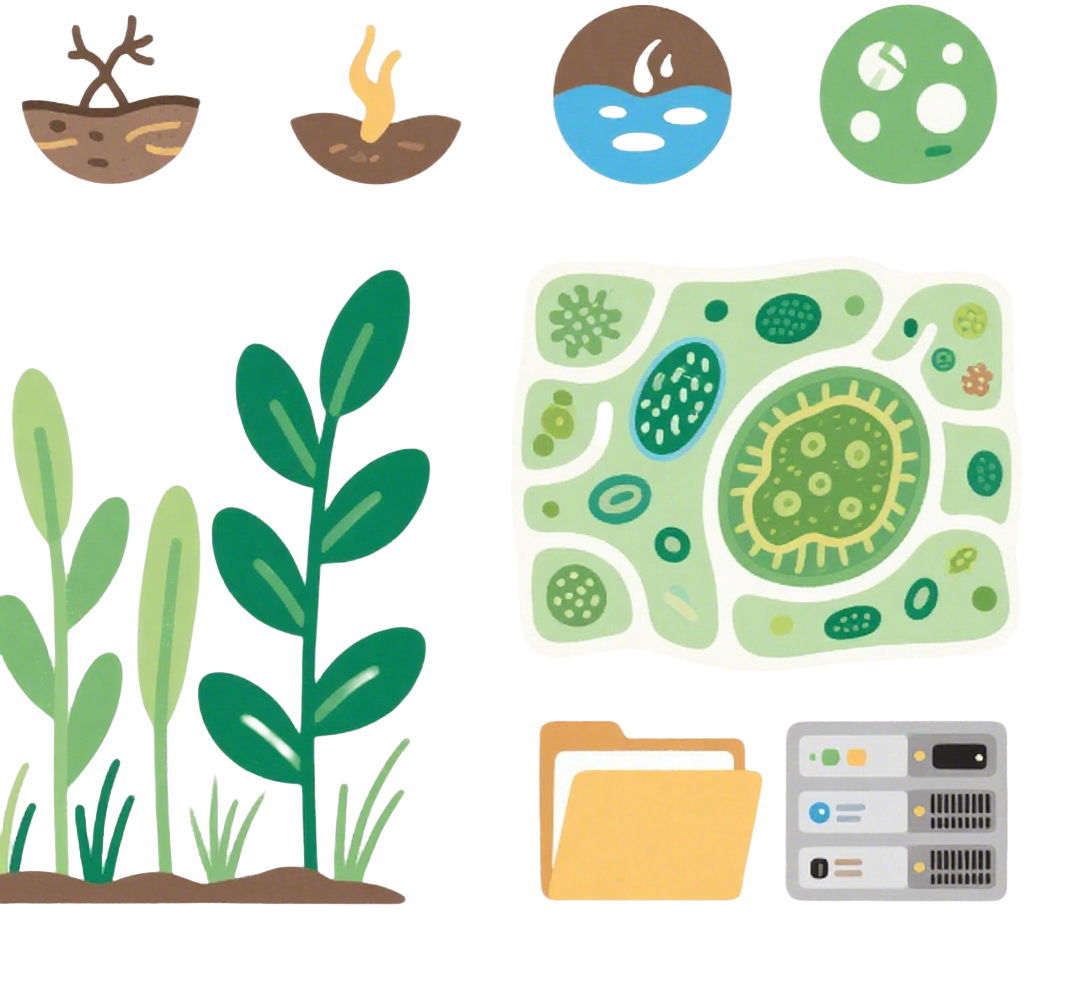
Metabolomics
Collection of grass metabolome data spanning multiple tissues, growth stages, and stress treatments.
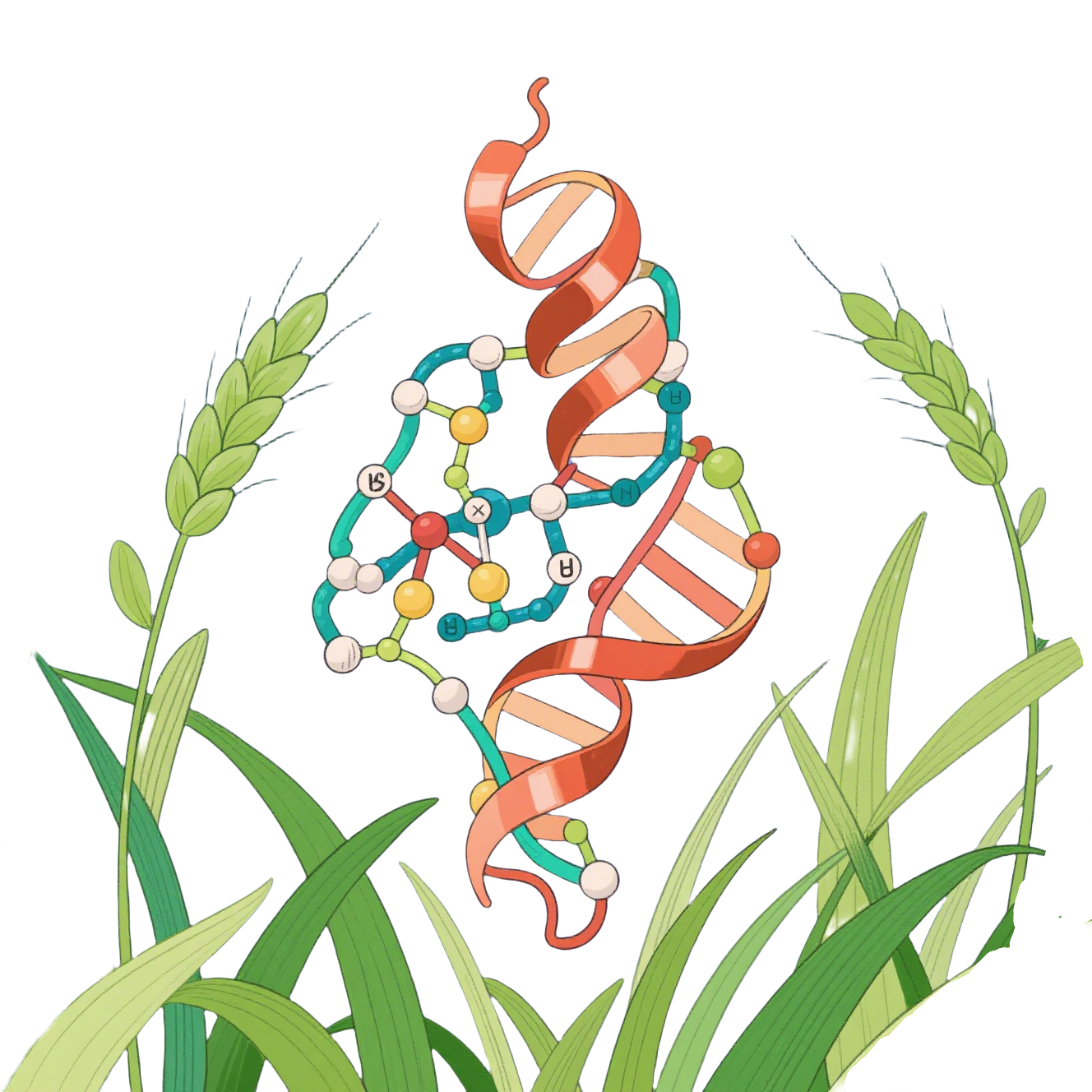
Proteomics
Collection of grass proteome data spanning multiple tissues, growth stages, and stress treatments.

Epigenomics
Collected published data resources on four major epigenetic mechanisms: DNA methylation, histone modification, chromatin remodeling, and non-coding RNA.
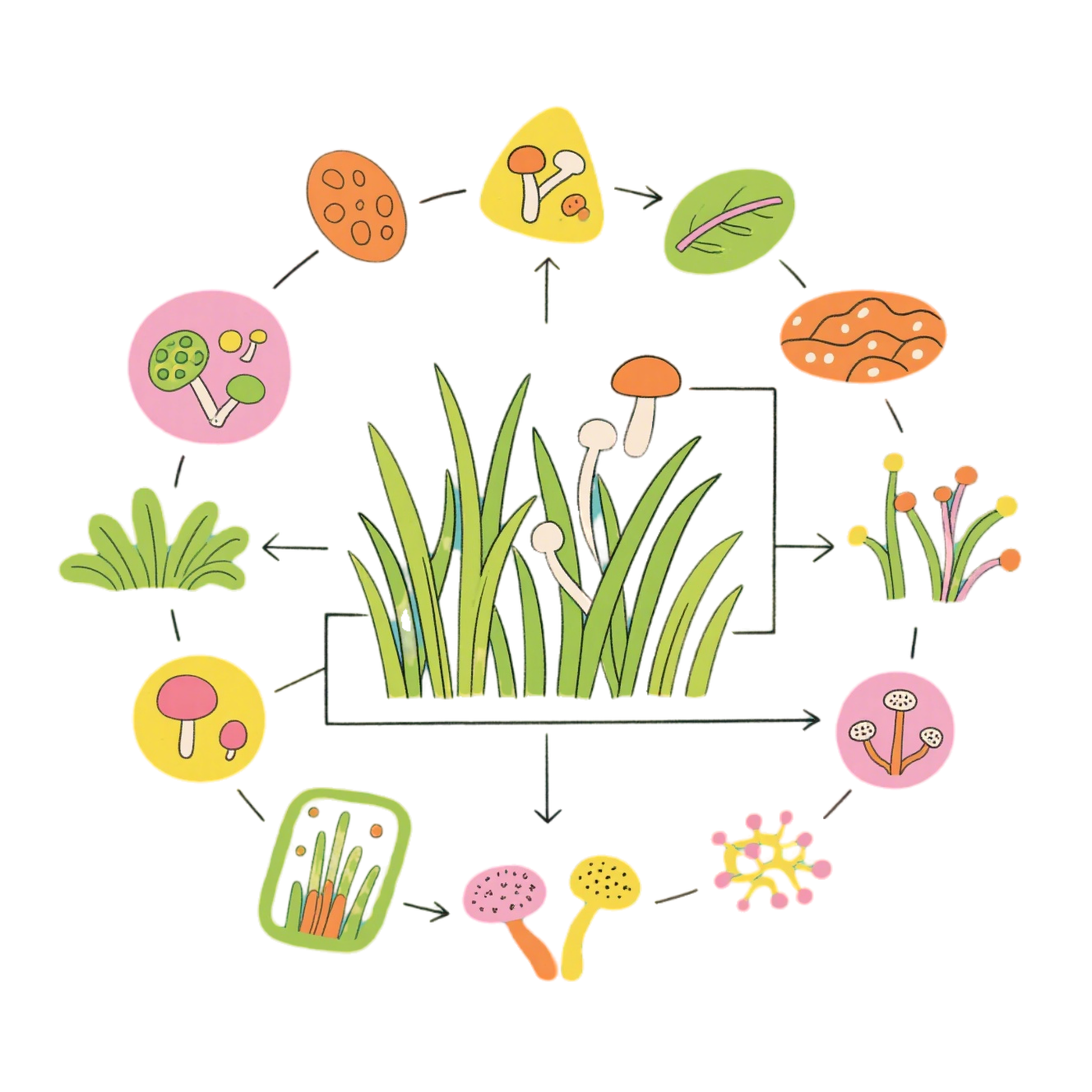
Microbiomics
Collection of microbial sequencing data and cultivable strain types from grass, spanning multiple tissues, growth stages, and stress treatments.
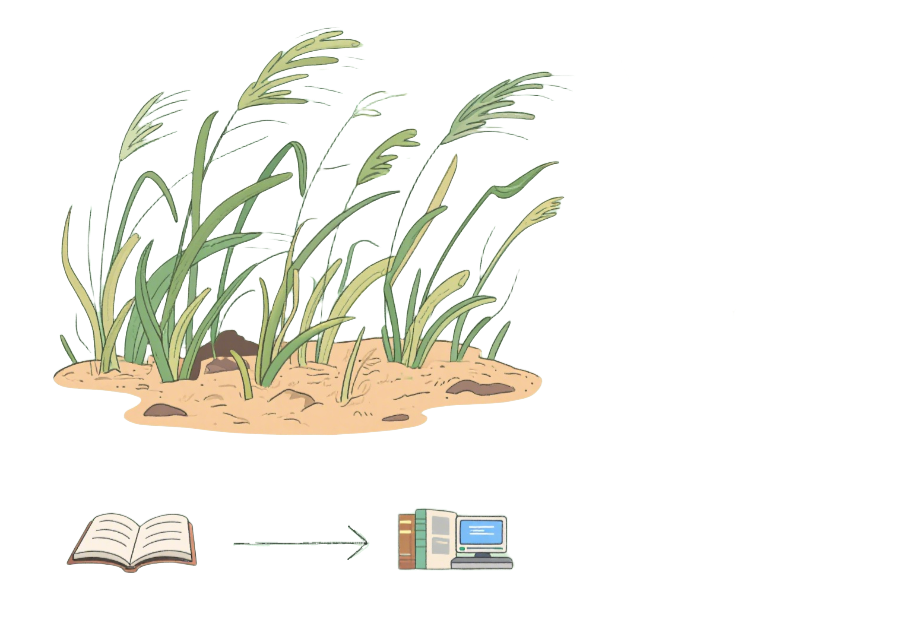
Phenotype
Phenotypic dataset for grass, including trait records, location, planting date, stress treatments, and original data sources.
Bioinformatics Analysis Tools
Related Publications
- Analysis wheat wild relatives Thinopyrum intermedium and Roegneria kamoji genomes reveal different polyploid evolution paths. Nature Communications, 2025
- A reference genome assembly of the alpine forage grass Elymus nutans. Plant Biotechnology Journal,2025
- High-quality reference genome and population analysis of allotetraploid Elymus sibiricus provide insight into genome origin and environmental adaptations to the Qinghai-Tibetan Plateau. SCIENCE CHINA Life Sciences,2025
- Analysis of allohexaploid wheatgrass genome reveals its Y haplome origin in Triticeae and high-altitude adaptation. Nature Communications,2025
- Hordeum I genome unlocks adaptive evolution and genetic potential for crop improvement. Nature Plants,2025


